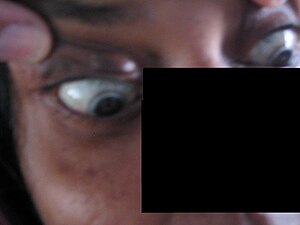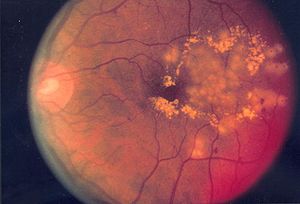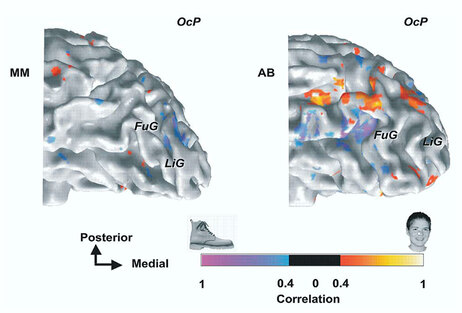Can-Fite BioPharma Ltd. has opened an Investigational New Drug application (IND) with the FDA for a Phase 3 study of its lead drug, CF101, in patients with moderate to severe dry eye syndrome.
Dry eye syndrome is a chronic lack of sufficient lubrication and moisture on the surface of the eye. Its consequences range from subtle but constant irritation to ocular inflammation of the anterior (front) tissues of the eye. Dry eyes also are described by the medical term, keratitis sicca, which generally means decreased quality or quantity of tears
CF101 was found to be safe and well tolerated in an earlier Phase 2 study, in which the drug was taken orally as a monotherapy for 12 weeks.
According to Can-Fite, the randomized, double-masked, Phase 3 trial, which will enroll approximately 240 patients at multiple centers, will compare 2 doses of CF101 to placebo. The patients will be treated for 24 weeks and the main outcome assessments are improvement of corneal fluorescein staining, tear production and dry eye symptom score.
The National Women's Health Resource Center has named the top 100 dry eye hot spots in the United States based on information compiled from the National Oceanic and Atmospheric Administration's Climatic Data Center and the Environmental Protection Agency.
Factors used in the selection process included temperatures, humidity, wind, altitude, pollutants and ocular allergens.
The top 20 U.S. cities named as dry eye hot spots are:
1. Las Vegas, Nev.
2. Lubbock, Texas*
2. El Paso, Texas*
4. Midland/Odessa, Texas
5. Dallas/Fort Worth, Texas
6. Atlanta, Ga.
7. Salt Lake City, Utah
8. Phoenix, Ariz.
9. Amarillo, Texas
10. Honolulu, Hawaii
11. Oklahoma City, Okla.
12. Albuquerque, N.M.
13. Tucson, Ariz.
14. Norfolk, Va.
15. Newark, N.J.
16. Boston, Mass.
17. Denver, Colo.
18. Pittsburgh, Pa.
19. Bakersfield, Calif.*
19. Wichita, Kan.*
*Cities were tied for these spots.
 12:14 PM
12:14 PM
 Keshav Bhat
Keshav Bhat






















































